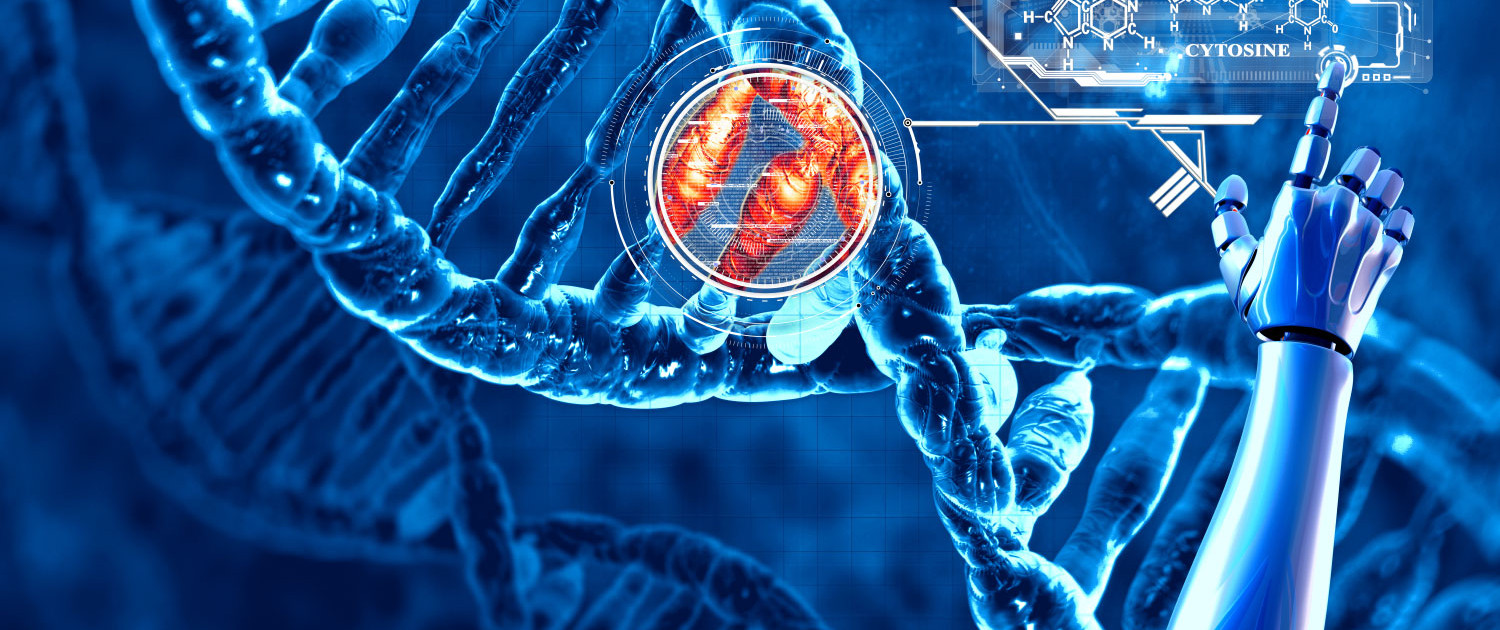|
In an era of rapid technological advancements, the concept of human-computer symbiosis has emerged as a transformative force shaping our society. This paradigm envisions a future where humans and machines collaborate in unprecedented ways, leveraging each other's strengths to achieve new levels of innovation and efficiency. By seamlessly integrating human intelligence with the computational power of computers, this symbiotic relationship holds immense potential for revolutionizing various fields, from healthcare to transportation to education. At the heart of human-computer symbiosis lies the idea that when humans and computers work together, they can accomplish tasks that neither could do alone. Computers excel at processing vast amounts of data quickly and accurately, while humans possess creative thinking, emotional intelligence, and contextual understanding. By combining these complementary capabilities, we can tackle complex problems more effectively and make better-informed decisions. One area where human-computer symbiosis is already making significant strides is healthcare. Medical professionals are harnessing the power of artificial intelligence (AI) and machine learning algorithms to analyze medical images, identify patterns, and assist in diagnosis. These systems can process vast databases of patient records, scientific literature, and clinical guidelines, providing doctors with valuable insights and recommendations. This collaboration between human expertise and computational power enables faster and more accurate diagnoses, leading to improved patient outcomes. Education is another domain greatly impacted by human-computer symbiosis. Intelligent tutoring systems use adaptive algorithms to tailor educational content based on individual student needs, allowing for personalized and engaging learning experiences. These systems can provide real-time feedback, track progress, and identify areas where students may need additional support. By augmenting human teachers with intelligent technology, we can enhance the educational journey, empower learners, and bridge gaps in access to quality education. The realm of transportation is undergoing a profound transformation through the integration of human and computer intelligence. Self-driving cars combine human decision-making skills with autonomous driving technology to improve road safety and efficiency. These vehicles rely on sensors, cameras, and AI algorithms to perceive the environment, make informed decisions, and navigate complex traffic scenarios. Human passengers can focus on other tasks during their commute, while the computational systems ensure a secure and smooth ride. However, as we embrace the potential of human-computer symbiosis, ethical considerations become paramount. It is crucial to address concerns related to privacy, data security, and algorithmic biases. Transparent governance frameworks and robust regulations should be in place to safeguard individual rights and prevent the misuse of technology. In conclusion, human-computer symbiosis heralds a new era of collaboration between humans and machines. By merging human intellect with computational power, we unlock unprecedented possibilities across various domains. From healthcare to education to transportation, this partnership holds immense promise for improving our lives, enhancing productivity, and fueling innovation. Embracing the potential of human-computer symbiosis while upholding ethical principles will shape a future where humans and machines work together harmoniously, propelling us towards new frontiers of progress.  |
